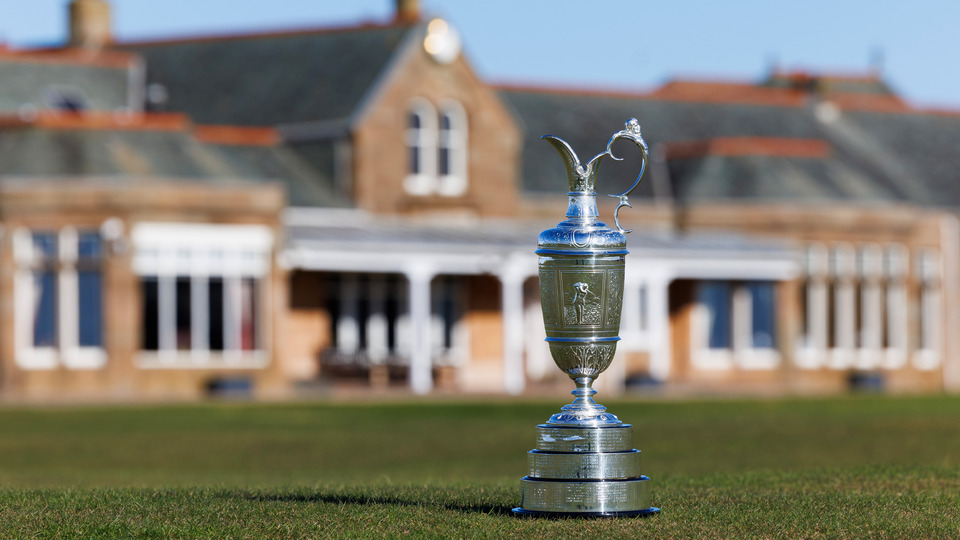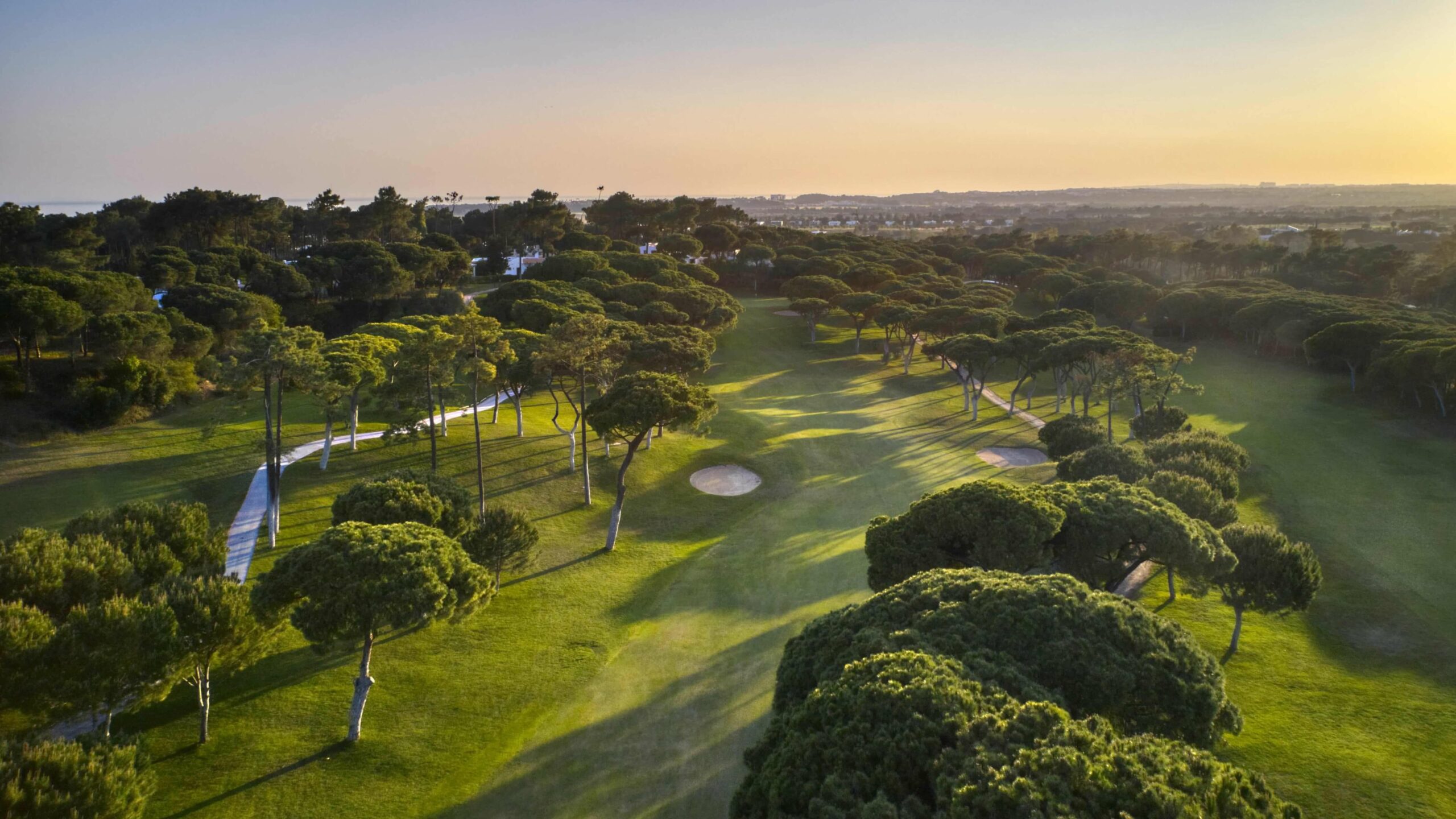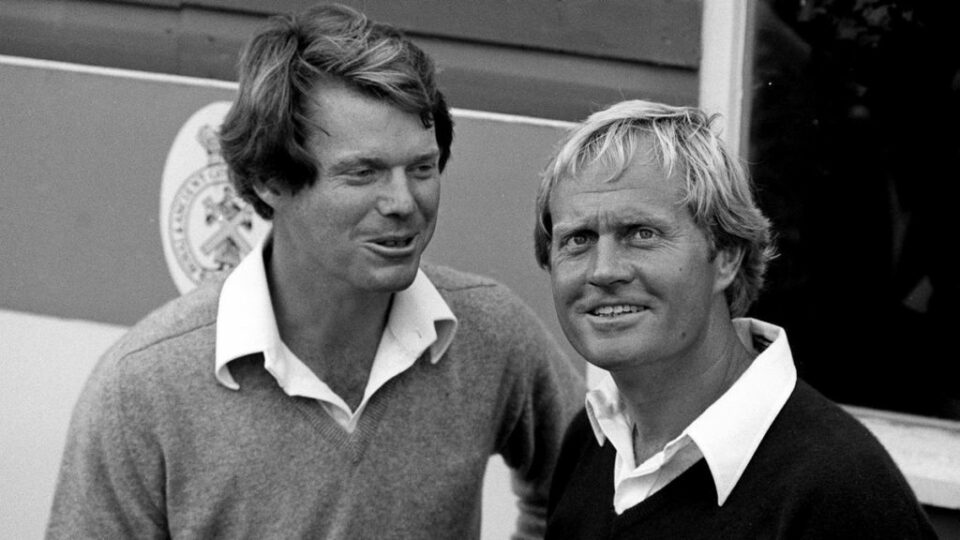
Estimated reading time: 16 minutes
TULSA, OK. The South-Central Plains does not get the level of fanfare celebrating its golf pedigree as often as other areas of the United States. Golf rich locations such as the I-95 corridor stretching from Philadelphia thru New York to Boston or the Carolinas -- both North and South -- or the stretch of golf extending from the Bay Area in San Francisco to the Monterey Peninsula are highly touted and deservingly so. These areas have routinely been the staging ground for various key events including U.S. Opens, PGA Championships, Ryder Cup Matches, PGA Tour and other notable events.
This year's return to Southern Hills marks a record fifth time that the storied Tulsa, OK- based club will serve as host to one of golf's Grand Slam events. On three past occasions, the club was also the venue for U.S. Opens -- the last coming in 2001.
Originally, the club was set to stage the PGA Championship in 2030, but early in '21 the PGA of America scrubbed plans to hold the 104th event at Trump National Bedminster in New Jersey after negative fallout tied to former President Donald Trump and the January 6 insurrection. The brain trust of the PGA reached out to the leadership at Southern Hills to gauge if the club had interest in conducting the event eight years sooner in '22. Southern Hills quickly agreed, and the noted Perry Maxwell design will once again be ground zero in testing the world's best players.
Southern Hills was established in 1935 with the club opening in 1936. The time frame was not an easy one as much of America was still engulfed in the depths of The Great Depression.
Oil money was the central ingredient in financing the creation of Southern Hills but Maxwell was front and center in creating other highly touted designs such as Prairie Dunes in Kansas; a co-design credit with Colonial CC in Fort Worth, TX; having close involvements with Dr. Alister MacKenzie in bringing to life Crystal Downs in northern Michigan and the University courses at Ohio State and Michigan, respectively. Maxwell also contributed to various updatings of such iconic venues as Pine Valley, Augusta National, The National Golf Links of America and Merion, among the most notable.

In recent years, Southern Hills has been updated through the involvement of golf's most sought after architectural twosome -- Gil Hanse and Jim Wagner. The talented duo is now the most dominant force in updating a number of key clubs hosting major championship events. Hanse and Wagner started their efforts in 2015 and one of the most striking outcomes has been the removal of countless trees that cluttered fairway landing areas at Southern Hills. The removal has opened up vistas which has only added to the majestic nature of the rolling terrain. Bunkers were redone to mimic Maxwells original style and greens have been expanded in a number of spots thereby adding lost pin locations.
There will also be on display a "new" par-4 7th hole. Considerable yardage was added and a new green positioned near to a creek.
Five architects were asked to weigh in on the merits of the Perry Maxwell design. Is Southern Hills still up to the task in challenging the next generation of world class players? This week's PGA Championship will clearly answer that question.
In any event, Oklahoma returns to the forefront of major championship play with Southern Hills in the starring role. The genius of Perry Maxwell will certainly be in full display.
***
You hear the name "Southern Hills," -- what comes to mind immediately?
KEMP: Tiger Woods winning in 2007. It is hard to believe that it's been 15 years since Tiger’s win at Southern Hills. His 2nd round 63 was one of the best rounds of golf that I have ever seen, especially in the extreme heat that week in Tulsa. If I remember correctly, it was also Tiger’s first major championship win as a father so that was pretty cool.
BLUME: Championship golf. Southern Hills is one of the country's classic major championship venues. The design tests all aspects of a player's game, and its location has the potential to do the same with challenging weather conditions -- primarily wind and heat.
It is also widely considered to be Maxwell's masterpiece, but when contrasted with Prairie Dunes shows his versatility and creative genius.
FOUGHT: A wonderful championship golf course. One of the most difficult tests of golf among championship courses.
DAVIS: Perry Maxwell.
LARSEN: The classic Midwest tournament course
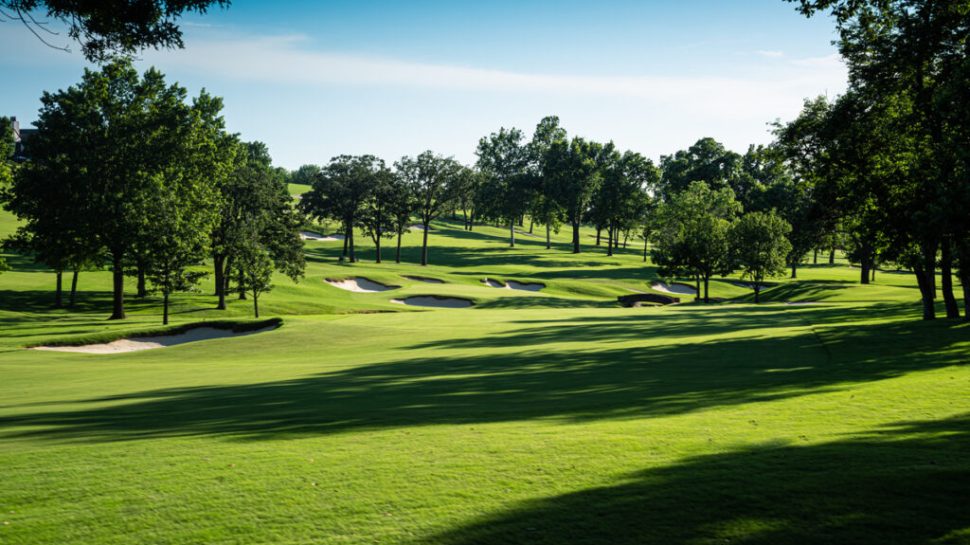
Among all USA architects -- dead or alive now -- how do you rank the collective golf course designs of Perry Maxwell?
FOUGHT: Perry Maxwell ranks in my top ten. He built great strategic courses while also having a flair for aesthetics. His designs have stood the test of time as well as any golf course architect and that is the true test of his ability.
LARSEN: Best in the Midwest.
BLUME: In the central United States Maxwell is certainly at the top of the list. Nationwide I would put him in a group with other "Golden Age" architects that would include MacKenzie, McDonald, Ross, Tillinghast and Raynor. His best designs certainly compare favorably with those architects, although the depths of their portfolios probably eclipse Maxwell's body of work.
DAVIS: He was really good at routing courses to make the best use of the land and his greens were outstanding. He typically designed greens so water fell off in 3-4 spots and that is subtly what makes his greens so interesting - regular changes in direction of slope and regular change in the speed of ball roll in a putt. It is hard to compare golf architects of different eras because the design criteria are quite different but I would hire him today to route a course and build the greens over most.
KEMP: There have been so many talented golf course architects over the years, but in my opinion, Perry Maxwell was one of the greatest. He was not blessed with having great ocean sites to work with, but involved in the creation of several masterpieces like Prairie Dunes, Crystal Downs, Old Town, and Southern Hills to name a few.
On all of the great courses he created on small budgets while moving minimal dirt throughout the Midwest and Southern Plains. His routing at Oklahoma City Golf & CC and use of the terrain at Twin Hills and Dornick Hills are second to none. I have yet to come across a Perry Maxwell course I did not enjoy playing.
Maxwell has been dead for some time -- 1952. What do you think his comments would be today in terms of how golf architecture has evolved since his passing?
DAVIS: There is a lot more that goes into the process and design today and what golfers perceive to be good playing conditions today begins in design. He would have adapted and done just fine but I know he would be a bit shocked about how much more complicated it has become.
FOUGHT: I believe he would love the more recent work that is taking place. Today we have more tools such as talented shapers and finishing crews to assist with the development of great courses. I think he would be pleased with the sites that have become available as well.
KEMP: I think that he would be excited about the evolution of golf course architecture and impressed with today’s agronomy and what incredible things golf course superintendents can do. Most, if not all golf course architects, over time, realize the game of golf and golf course design will never stop evolving so I think Mr. Maxwell would embrace it.
Some of his early designs included sand greens so even during his time as an architect he evolved from designing sand greens with little contour to the now famous greens that we have come to know and love. The one aspect he may not have fully embraced is how far golfers can hit the ball these days, but that is a debate for another time.
BLUME: It is difficult to get into the mind of someone I never met, but I do think that Maxwell -- like many other of his contemporaries -- would be frustrated with the challenges that architects face today. Environmental considerations, resource conservation, marginal sites, the introduction of residential components into projects, the influence of modern equipment and antiquity considerations had far less influence on design in Maxwell's day.
The business of golf course architecture is far more complex today, and the enjoyment of designing courses simply for the strategy and challenge of the game takes up a much smaller percentage of the modern architect's time. I suspect Maxwell would see that as a negative. On the contrary, the capabilities of modern construction, the depth of today's golf media in all its manifestations, and the growth of the game would most likely be looked upon positively.
LARSEN: I believe he would think golf course architecture has become driven more by aesthetics than by strategy.
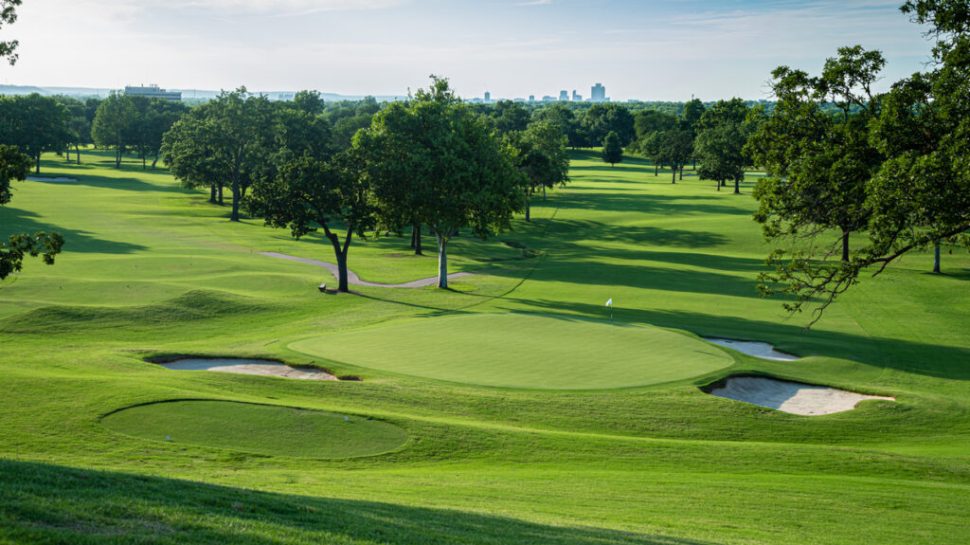
Southern Hills will be in the spotlight with the PGA Championship returning to the Tulsa-based layout for a record 5th time with the present layout updated recently by Gil Hanse and Jim Wagner. How difficult is it generally for a different architect to keep intact the core elements carried out by the original designer while also eliminating elements which have only served to take away from the qualities the course showcased in its earliest years?
BLUME: I think the biggest difficulty today is to balance the original architect's intent with the influence of modern equipment in the hands of the games greatest players. Clearly no one can make the claim that they know for certain what Perry Maxwell's response at Southern Hills would be given the circumstances that exist in 2022.
What can be done, and I am sure Gil did, is to immerse oneself into the design characteristics and style of Maxwell's work, and apply that knowledge to the issues of today. The Southern Hills of today certainly possesses many characteristics and styles of Maxwell courses, but probably has an equal dose of Gil's philosophy as well, which is not a bad thing.
FOUGHT: With a detailed course review, a talented architect like Gil Hanse can do great things with a wonderful course like Southern Hills. Because the game has changed so much in terms of the distance modern players hit the ball changes must be made to keep the course relevant. And with the quality of turf maintenance, players are able to do more things with the consistent conditions.
DAVIS: There are really two main things to consider when working with an historic golf course and those are, in my opinion, original stylistic intent and original strategic intent. How both are applied to modern maintenance practices and the way the modern game is played is what makes it interesting.
I think you can carry forward a lot of both in a modern reworking of a historic course but you have to be creative with how you make it fit today. I think a mistake is thinking you should be too accurate in carrying out original style and strategy, but you can and should vary forward those things that defined style and strategy as best you can.
LARSEN: It is not difficult if there is documentation of the original design, especially archival photography. The hard part is to marry the original design with skills of the contemporary PGA Tour player.
KEMP: The best golf course architects can approach these updates or historic renovations without ego and do what they think the original architect would have done without putting their own personal imprint on the course. With that being said Gil Hanse, Jim Wagner and their team are some of the very best at doing this. They did a great job at Winged Foot for the U.S. Open in 2020 and we are lucky enough to have two major championships at courses they have worked on this year, Southern Hills and The Country Club.
From what I have seen they have done an incredible job with tree removal which has allowed them to widen the fairways, capture old views and bring the creeks back into play. To top it all off it appears that they have recaptured the edges of the greens that will create some interesting pin locations for the tournament.
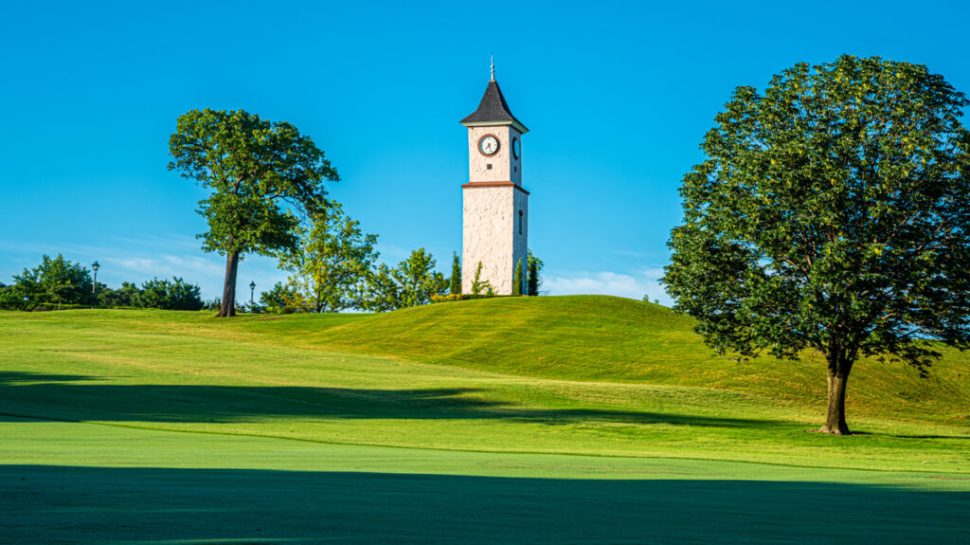
Maxwell was renowned in creating "Maxwell rolls" for the challenging internal green contours he created -- clearly at Southern Hills. How do you think he would feel about modern championships routinely going beyond 12 on Stimpmeter speeds?
DAVIS: He would love it. He would have used it.
BLUME: I don't think Maxwell or any other "Golden Age" architect ever envisioned the green speeds of today. While Stimpmeter readings of 12 and 13 on heavily contoured greens are manageable for the greatest putters in the world, they are almost unplayable for the vast majority of golfers.
I don't think Maxwell could have related to the course conditions that are achieved in modern major championship golf and he certainly didn't design for them -- because they didn't exist in the first half of the 20th century.
LARSEN: Speculative question, but since he used 'rolls' so often it would be apparent he liked the aspect that feature brought to putting. He would probably like the increased speeds as it enhances that particular feature.
KEMP: I believe he'd favor slightly slower greens speeds -- allowing those great “Maxwell rolls” a chance to show off. Once you get over 12 on the Stimpmeter you either have to take out some of the character of the greens or lose some really good pin locations. The PGA of America has done a great job in the past of setting up the course for the PGA Championship so I am hopeful that they keep the greens speeds down a little bit so that old pin locations Gil Hanse and his team recaptured can be used.
FOUGHT: There must be a softening of some of the larger features. You can keep the bold contours but they must be tailored to modern green speeds. If not, the greens would be unplayable at 12 on the Stimpmeter.
Continue to part 2
Pictures courtesy of Mike Klemme
***
The Participants
TRIPP DAVIS, ASGCA
Tripp Davis & Associates
Norman, OK

Founded Tripp Davis and Associates in 1994 and regarded as one of the leading golf architecture practices in the world.
Grew up around the game of golf in Atlanta, Georgia, and was a three-time American Junior Golf Association All-American. Accepted a scholarship to play golf at the University of Oklahoma and was an All-Big Eight selection, an NCAA All-American selection.
Worked in golf course construction during summer breaks at graduate school, and while working briefly as a designer for golf course architect Charles Howard an opportunity presented itself to work with the State of Oklahoma to build two new nine-hole golf courses, which led to the formation of Tripp Davis and Associates.
Current projects include Brae Burn Country Club, Houston, Texas; Thunderbird Country Club, Rancho Mirage, California; Atlanta Athletic Club (Riverside Course), Atlanta, Georgia; Augusta Country Club, Augusta, Georgia, and others.
http://www.tdagolf.net
TREY KEMP, ASGCA
Golf Course Architect, Kimley-Horn
Dallas, Texas

A well-rounded golf background that includes 18 years of experience working as a Golf Course Architect on over 100 projects with Jacobson Golf Course Design and Colligan Golf Design prior to his time at Kimley-Horn. His golf experience also includes time as an Assistant Golf Professional at Onion Creek Club in Austin, Texas and at Dallas National Golf Club where he worked on the maintenance crew.
Trey is a member of the American Society of Golf Course Architects and has worked on many award-winning golf course projects. These include Brackenridge Park Golf Course in San Antonio, Texas; Rockwood Park Golf Course in Fort Worth,Texas; Stevens Park Golf Course in Dallas, Texas and Texas Rangers Golf Club in Arlington, Texas.
http://kimley-horn.com
JEFFREY D. BLUME, ASGCA
Jeffrey D. Blume, Limited
Magnolia, TX
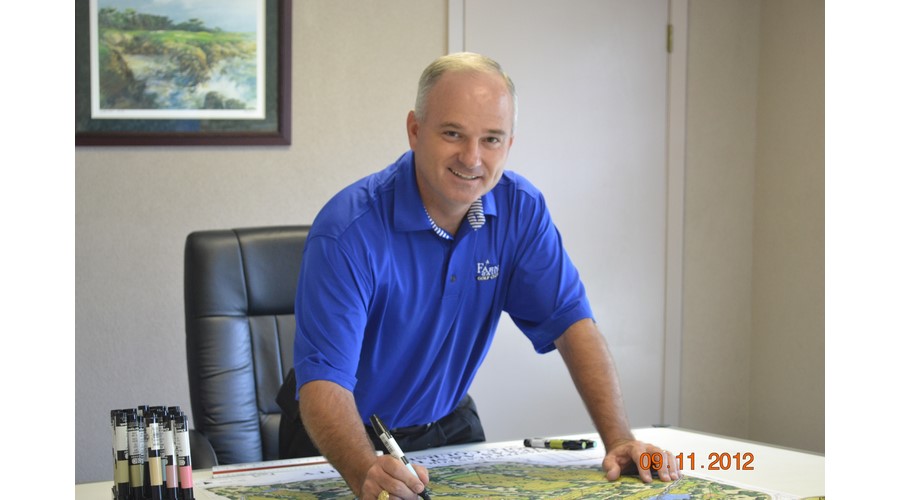
Has been a practicing golf course architect for over thirty years. He has completed commissions both domestically and internationally and is well versed in all aspects of golf course design including new courses, renovations, restorations and master planning.
Some of his more notable designs include the new Mallard Golf Club in Lake Charles, Louisiana; Grand Pines Golf Club in Montgomery, Texas; the renovation of the Golf Club at Texas A&M in College Station, Texas; and the renovation of Boiling Springs Golf Club in Woodward, Oklahoma.
www.jeffreydblume.com
JOHN FOUGHT, ASGCA
Fought Design
Scottsdale, AZ
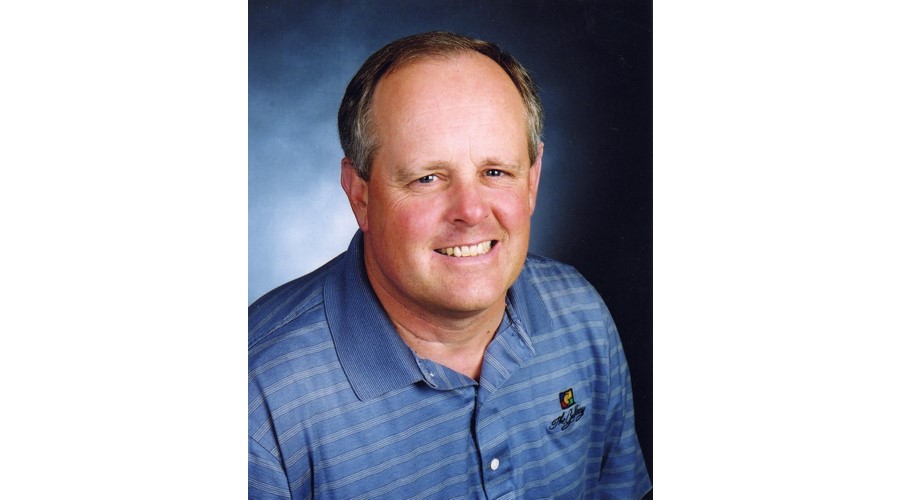
A renowned player winning the US Amateur and two PGA Tour event before injuries forced his retirement. He has worked for 30 plus years as a golf course architect with multiple important projects located all over North America.
His original design projects include Windsong Farm, The Gallery, Pumpkin Ridge (with Bob Cupp) and Sand Hollow. He has also restored many old classic courses and has renovated more than 50 existing layouts.
www.foughtdesign.net
ERIK T. LARSEN, ASGCA
Larsen Golf
Ponte Vedra, FL
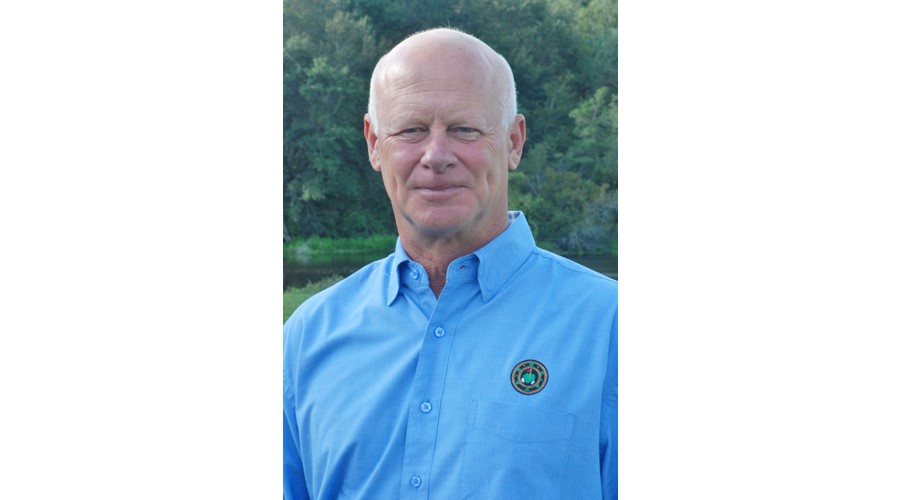
ASGCA member since 1987 and part president / 2010. CLARB. Executive Vice President, Arnold Palmer Design Company 2006-2011. Has designed 100 plus golf courses in 20+ countries, 25+ states. Several PGA Tour venues and awarded courses. Currently redesigning St Johns Golf Club, Elkington, FL.
www.larsengolf.net

